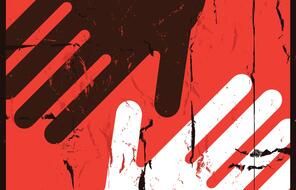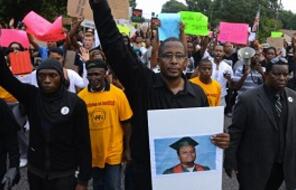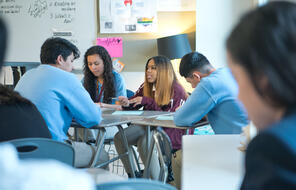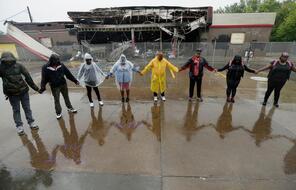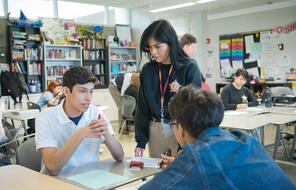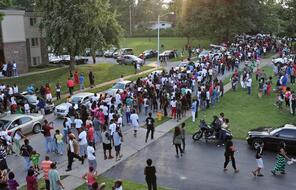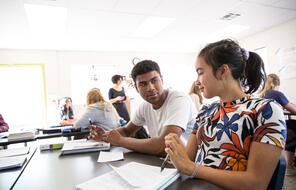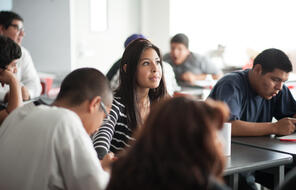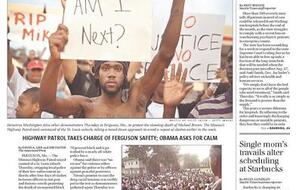
Introducing the Concept of Race
Duration
One 50-min class periodLanguage
English — UKPublished
Overview
About This Lesson
This lesson is a means of introducing the fact that race is a social construct, to help students understand the concept of race and the impact of racism. By giving students an opportunity to reflect on and engage with these issues, students can think about what needs to be done to create a society in which everyone, regardless of their perceived race, is able to thrive. We recommend that you do preparatory work on discussing race with students using the lesson Preparing to Discuss Race in the Classroom if you have not already done so.
Preparing to Teach
A Note to Teachers
Before you teach this lesson, please review the following guidance to tailor this lesson to your students’ contexts.
Lesson Plans
Activities
Materials and Downloads
Quick Downloads
Download the Files
Get Files Via Google
Introducing the Concept of Race
Preparing to Discuss Race in the Classroom
Addressing Racist and Dehumanising Language
Unlimited Access to Learning. More Added Every Month.
Facing History & Ourselves is designed for educators who want to help students explore identity, think critically, grow emotionally, act ethically, and participate in civic life. It’s hard work, so we’ve developed some go-to professional learning opportunities to help you along the way.
Exploring ELA Text Selection with Julia Torres
On-Demand

Working for Justice, Equity and Civic Agency in Our Schools: A Conversation with Clint Smith
On-Demand

Centering Student Voices to Build Community and Agency
On-Demand






